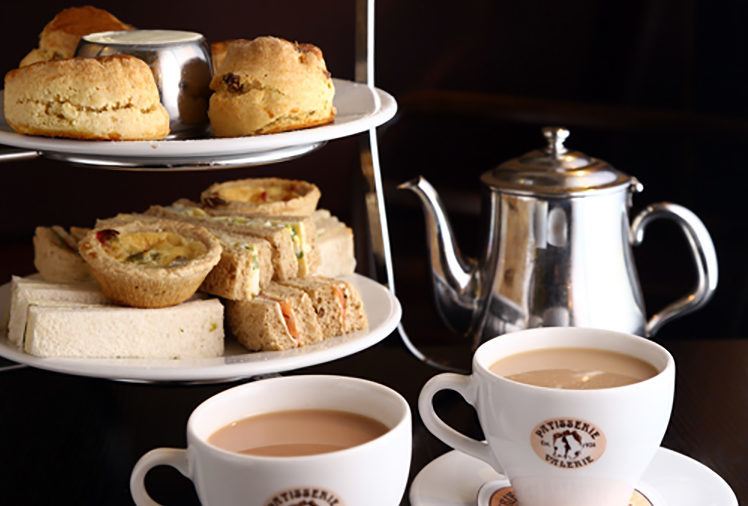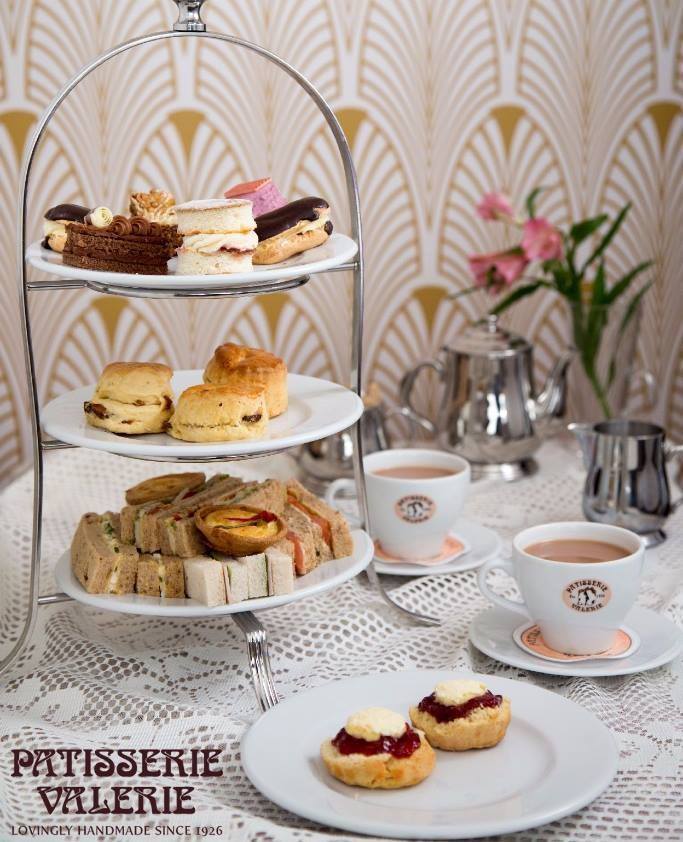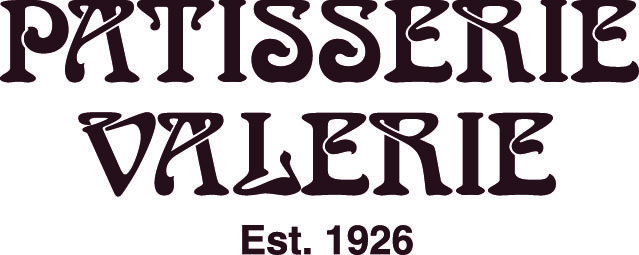
THERE’S nothing quite like the indulgence of Afternoon Tea.
Slotted in between lunch and dinner, it’s a wonderful excuse to sit down with friends in the middle of the afternoon and indulge in delicate sandwiches, fine cakes and a leisurely pot of tea or coffee.
The popular concept is now so intertwined in our modern culture that it’s easy to forget its origins began around 200 years ago by the 7th Duchess of Bedford, Anna.

At that time an evening meal would be served fashionably late at around 8pm. Therefore, in order to keep those hunger pangs at bay, the duchess asked that a tray of tea and a snack (often bread and butter or cake) be brought to her room during the late afternoon.
Later her friends were invited to join her in her room, something that proved so popular that the duchess continued it when she returned to London from Berkshire.
The ritual of taking tea soon grew into an event when the duchess sent invites to her friends and relatives asking them to join her for tea. Many other social hostesses quickly followed suit and, before long, all of fashionable society was sipping tea and nibbling sandwiches and cakes in the middle of the afternoon.
Afternoon Tea gradually spread from the home to tea rooms and tea gardens where music and sometimes even a little dancing where woven into these events for light entertainment.
The tradition of ‘At Home’ has long died out, but the serving of Afternoon Tea continues in force across the land.

Patisserie Valerie’s Afternoon Tea, like all things in their cafes, has been inspired by another influential lady, Belgian born Madam Valerie, who opened the first Patisserie Valerie store in London’s Soho in 1926.
As legend recalls, Madam Valerie was an extremely stern and no-nonsense woman who would sit at the small counter of the original Soho store operating an ‘honesty’ policy to ensure customers paid for the cakes they had eaten.
There would be a tiered cake stand on each table laden with patisserie for customers to take as they wanted but would be expected to declare in full at the till. The payment system has moved on somewhat since then but the passion for producing the finest, lovingly handmade cakes remains at its heart.
Patisserie Valerie’s afternoon tea for two menu includes traditional finger sandwiches, scones and mini versions of its irresistible cake treats.
Select cafes offering the Traditional Afternoon Tea menu also offer you the chance to raise a glass of celebratory bubbly with an additional Prosecco upgrade.
Pick up a copy of The Sunday Post on May 13th for your exclusive 20% Off Afternoon Tea at Patisserie Valerie Voucher

Enjoy the convenience of having The Sunday Post delivered as a digital ePaper straight to your smartphone, tablet or computer.
Subscribe for only £5.49 a month and enjoy all the benefits of the printed paper as a digital replica.
Subscribe